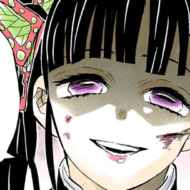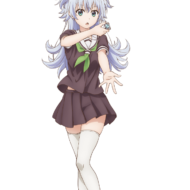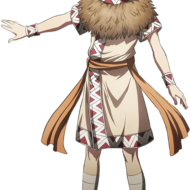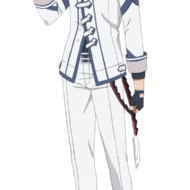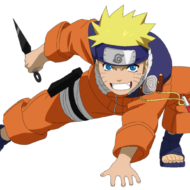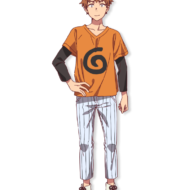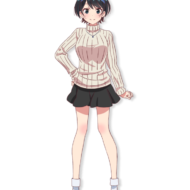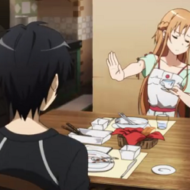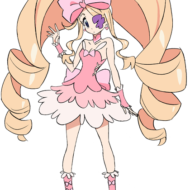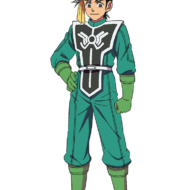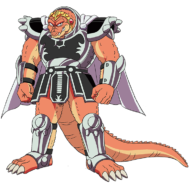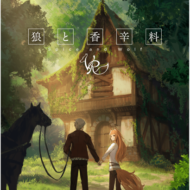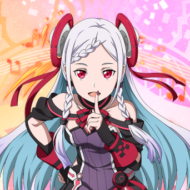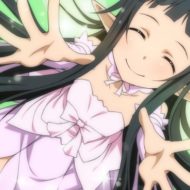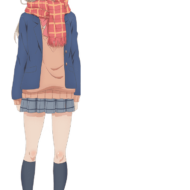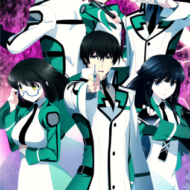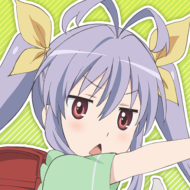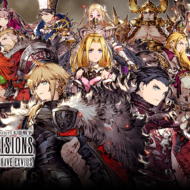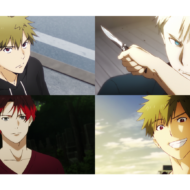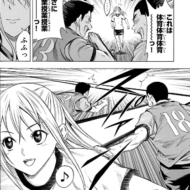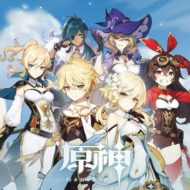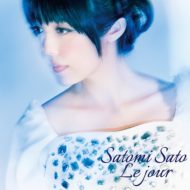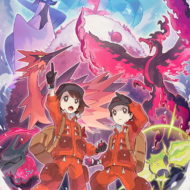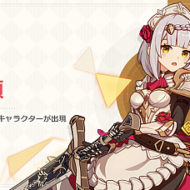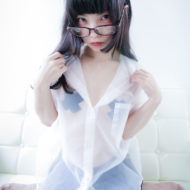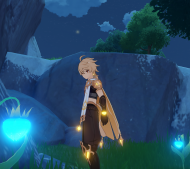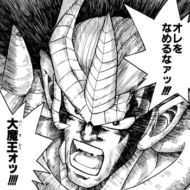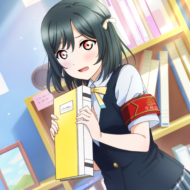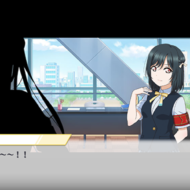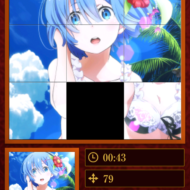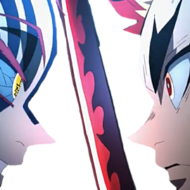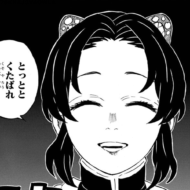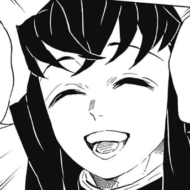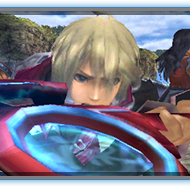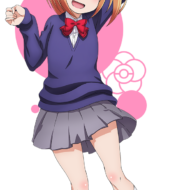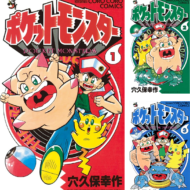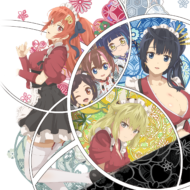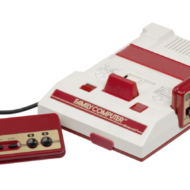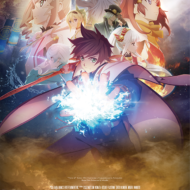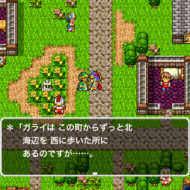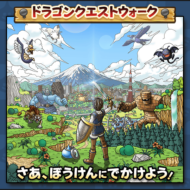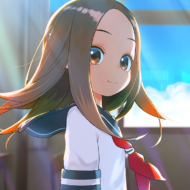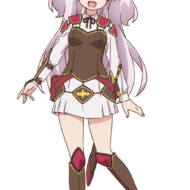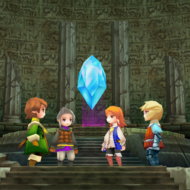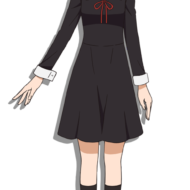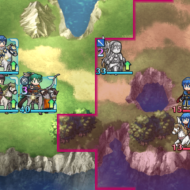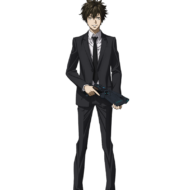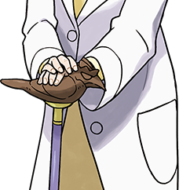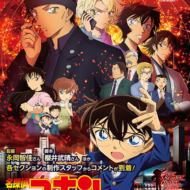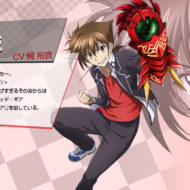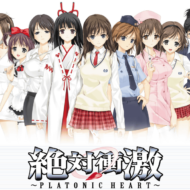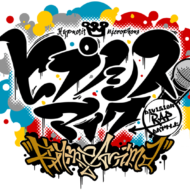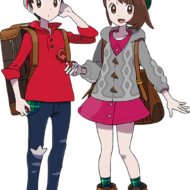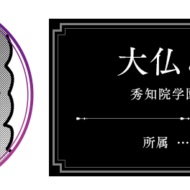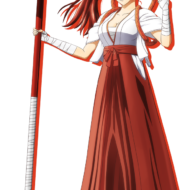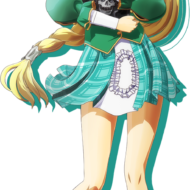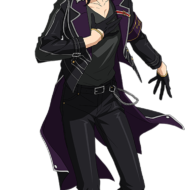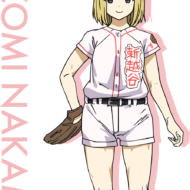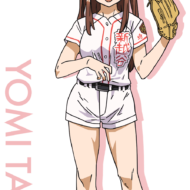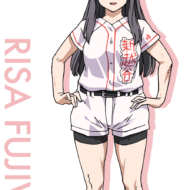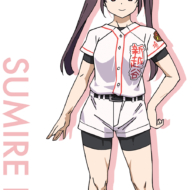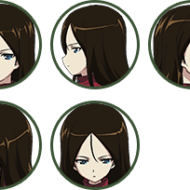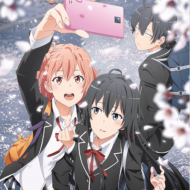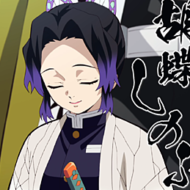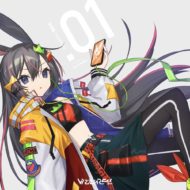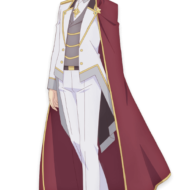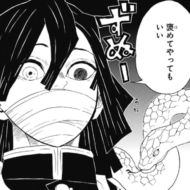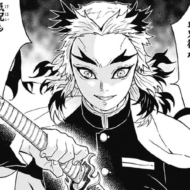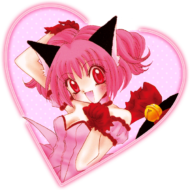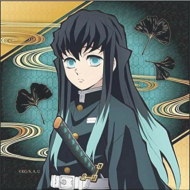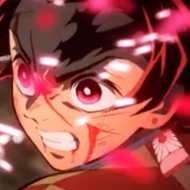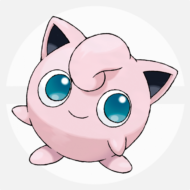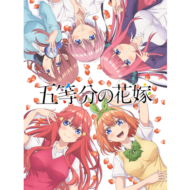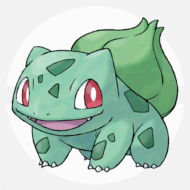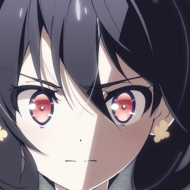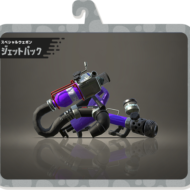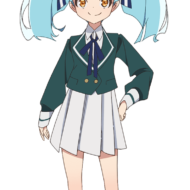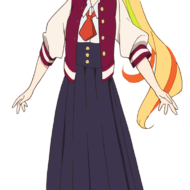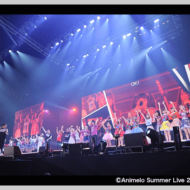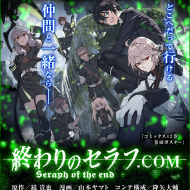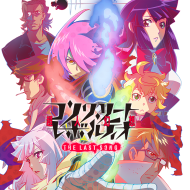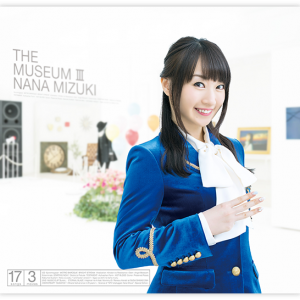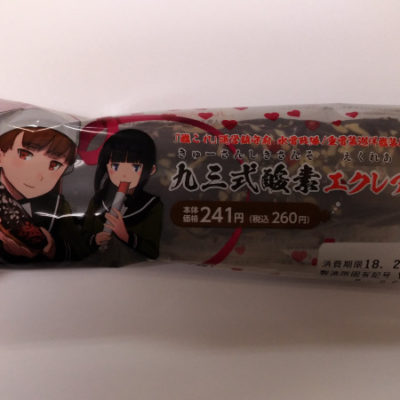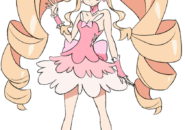出典 : Amazon.co.jp
There are usually a few main characters placed in an anime, but sometimes one character is born that is considered “unpopular”.
We’re going to take a thorough look at why characters are created that are deemed unpopular, and whether characters that are deemed unpopular need to be in an anime!
The rationale behind the “unpopularity certification”
出典 : Amazon.co.jp
When a daily life anime or any other type of anime that has 3 to 5 main characters that are almost side by side in their standing position becomes popular, the topic of character popularity naturally comes up.
Talking about which characters are the most popular, and conversely, which characters are not popular… is an everyday occurrence among anime fans.
In some of those cases, the topic of “There’s one of these guys who is unpopular, right?” may arise.
And in some cases, like a witch hunt, certain characters get hung up on and are labeled as “unpopular”.
Once a character has been identified as unpopular, it becomes synonymous with them and they become established as “unpopular character” or “unpopular heroine” regardless of the reality.
However, in the case of a complete accusation, there is a lot of disagreement in the beginning, and most of the time it doesn’t stick.
There are good reasons why a character is considered by many people to be unpopular.
There are two processes for a character to be identified as unpopular.
The first is a case where there is actual evidence and credibility to support it.
The best example of this is the popularity contest.
Popular anime, both official and unofficial, have character popularity polls.
In the case of an official poll, it is held on the official websites and accounts, magazines that publish the original work, and accounts of the original creator.
For example, “Bless This Wonderful World! was voted on by KADOKAWA Sneaker Bunko on their official website around the start of the first season of the anime.
The final results were Megumin in first place, Aqua in fourth, Daknes in sixth, and Kazuma in eighth.
It is a common practice in these kinds of works with multiple heroines that the main character doesn’t get more votes, so it was decided that Daknes, who was ranked the lowest among the three heroines, was deemed unpopular.
There is also a quasi-official voting project that is not strictly an official popularity poll, but is close to it.
Voting projects that take place in shoguages, anime magazines, e-book stores, etc., where all the main characters appear.
Although the results cannot be taken for granted like the official popularity polls, they have enough influence.
For example, “K-On! Kotobuki Tsumugi, aka Mugi of Anime no Mugi, was voted in the 30th anniversary issue of Animedia (2011 July issue) as ‘The Best Anime Character Everyone’s Favorite Character of All Time’, in which all the other K-ON characters were ranked in the top 5, but there was only one person in the top 30! and on this basis, the character has become an unpopular character.
Sales of character songs are also an important indicator of the popularity gap.
‘Are you ordering a rabbit?’ has released a number of character songs in the past, but out of the main five – Cocoa, Chino, Lise, Chiya, and Shalo – Chiya has always had the lowest sales (though by a small margin), which is one of the reasons she is considered an unpopular character.
In the case of an anime where the main heroine changes every episode, popularity may be measured by the disc sales of each episode.
In the 〈Story〉 series, the sales of Kanbaru Suruga’s episodes are a little lower than the others, and she seems to have been identified as unpopular.
These are unpopular certifications that have some credibility and are therefore well-founded.
The case of Misa Todo of “SHIROBAKO”, which simply does not have much to show, can be said to be well-founded.
The Significance of Unpopular Attributes
出典 : Amazon.co.jp
On the other hand, there are more than a few cases where there is no evidence of unpopularity, or if there is, it’s weak and unreliable.
For example, when character goods are sold at events such as Comiket, it is common to see images of certain characters that are not sold out.
This is a weak pattern.
Sometimes it’s simply because the character is unpopular and didn’t sell out, but other times it’s because there isn’t much difference in popularity between the character and other characters, and it just happens to take a long time for them to sell out.
If a similar situation occurs multiple times, it’s more believable, but it’s rarely tested that closely, and usually a single unsold out is enough to label the character as “unpopular”.
I think the reason why there are so many characters who are unpopular despite the weak evidence is because of the preconceived notions and stereotypes among anime fans.
In other words, there is a preconceived notion that “characters with glasses are not popular” or “the calm and cheerful characters in daily life anime are not very popular”.
If these characters’ goods remain unsold, people will say, “I knew it,” and many people will be convinced.
If many people are convinced, the character will be established as an unpopular one, regardless of the authenticity of the evidence and the reality of his popularity.
For example, Ogata Rizu, the science-related heroine of “Bokutachi wa genkai ga nai ga nai” (We Can’t Study), has been ranked 4th in two popularity polls, and although she is not the lowest ranked heroine, she has been certified as unpopular.
She appeared in the first episode and is one of the main heroines, but her ranking is low for her position, but in any case, it seems that she is more unpopular than her actual popularity.
Similarly, Ogaki Chiaki of “Yurukikan△”, Isuzu Hana of “Girls & Panzer”, and Inokuma Yoko of “Kiiro Mosaic” are also unpopular, even though there is no objective data to show that they are not extremely popular.
All of these characters are presumed to have preconceived notions of what makes them unpopular.
Since there are characters with these unpopular attributes, I wondered if it would be better for the work if the unpopular attributes were eliminated. I’ve seen the opinion that this is the case from time to time.
In fact, the popularity of a character has a great impact on the popularity of the work itself, so you have a point.
But in reality, how many popular works are made up of characters without all the attributes that make it difficult to be popular, such as “glasses”, “forehead bobbing”, “braids”, “Kansai dialect”, “freckles”, “eccentric”, “quiet”, etc…….there are very few.
The reason for this is obvious: if you make up characters with only those attributes that are popular with manga, light novel, and anime fans, you lose the contrast and end up with a character structure that doesn’t have a lot of substance.
In the same way that an actor in a supporting role who is not a good-looking or beautiful woman can come in handy in a drama or movie, unpopular attributes can spice up a popular attribute.
Also, characters who aren’t expected to be popular from the start have the advantage of being able to move around in the film without worrying about their likability.
Characters in these roles are almost always indispensable to the work, even if they are not popular.



